
Wood paneling is often passed over as a quality building material. Images of the inexpensive imitation composite paneling that gained fame and fortune during the last half of the twentieth century tend to dominate. Not to knock the cheaper alternative. It can be a wonderful and economic addition to any living space. But many homeowners fail to consider the higher end wood paneling options available to them. From beautifully crafted raised panel accents to knotty pine tongue and groove walls and ceilings, wood panels can transform any home from ordinary to extraordinary overnight.
Wood Paneling Basics
Another common misconception when it comes to wood wall paneling is not realizing how many options are available out there to choose from. Here’s a short list of some of the most popular and sought after wood wall paneling available to homeowners today.
- Raised Wood Panels—Think of any classically designed den or library and you’ve probably got an accurate image of what high quality raised panels can do for a space. These panels have roots in the colonial period of American architecture, and carry with them the air of class, respectability, and quality workmanship that go hand in hand with that era. They are most often installed on the lower third of a wall, and can be purchased in just about any wood you desire.
- Knotty Pine—This is the wood paneling you’d expect to find in any rustic log cabin or other home with a Western motif. Its trademark is the prevalence of knots and strong grain in the surface of the wood, which add a feeling of old west character and resilience to any home. It’s most commonly sold as tongue and groove boards.
- Cypress—Cypress wood panels gained great acclaim in the early 1900’s because of it’s natural resistance to rot, insects and decay, not to mention it’s natural beauty. Modern cypress is most often harvested from dead trees in swamps and river bottoms, then kiln dried and cut for lumber, making it an environmentally friendly choice. It isn’t cheap, but you won’t find a better paneling material anywhere. Like knotty pine, most cypress today is sold as tongue and groove paneling.
- Beadboard—When most people think of wood paneling, this is what first jumps to mind: a wood siding with vertical lines (or “beads”) burned or cut into the surface. Veneered beadboard is more economical and very attractive, though solid wood beadboard is also available and when installed in a fashion similar to raised wood panels, it can produce stunning results.
- Recessed and Flat Wood Paneling—Again, these panels are most often installed as an accent on the lower half or third of a room. They are plainer and less showy than raised panels, and are often painted as opposed to stained or otherwise finished naturally. Recessed panels arose out of the simplicity that dominated late 19th and early 20th century architecture, while flat wood panels are a more modern development.
If you’re interested in wood wall paneling, talk to an experienced contractor, retailer, or installer about what options are best for you. Without a doubt, quality wood panels are one of the most beautiful, and timeless investments you can make when it comes to enhancing the beauty and character of your home.
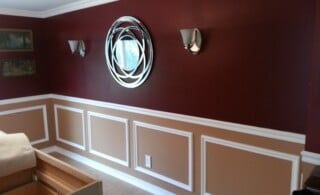 Decorative Moldings: The Perfect Cover-up
Decorative Moldings: The Perfect Cover-up 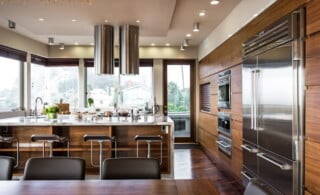 Wood Veneer: An Upside to Being Shallow
Wood Veneer: An Upside to Being Shallow 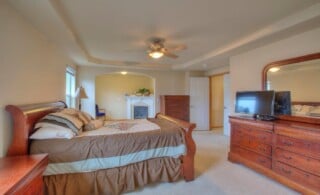 Ceiling Mirrors – Considerations, Types & Options
Ceiling Mirrors – Considerations, Types & Options 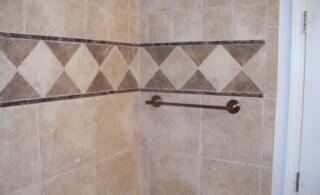 The Basics of Ceramic Wall Tile Installation
The Basics of Ceramic Wall Tile Installation 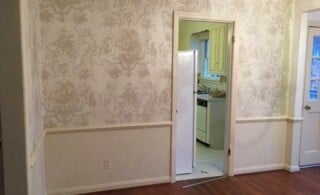 Wallpaper Prep
Wallpaper Prep 

Are You Familiar With This Topic? Share Your Experience.